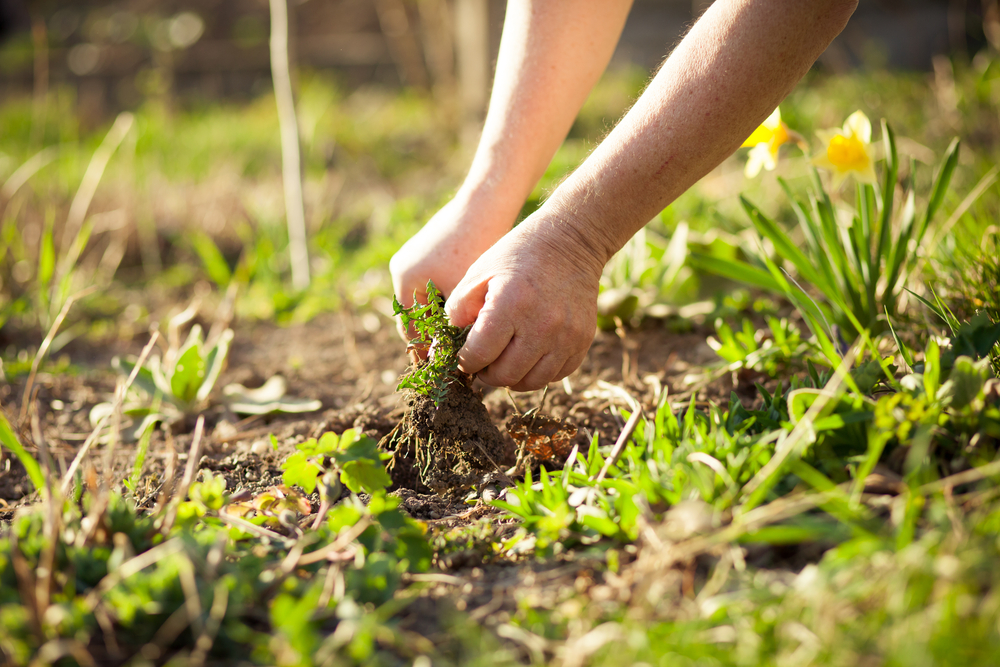The lowdown on 20 weeds and what they tell you about your soil.

Dreading the ocean of oxalis taking over your lettuce bed? How about that crabgrass creeping through the potato patch? You should really get out there and pull those invaders, but before you do, give yourself a break and dive into the weird world of weed analysis.
What grows on its own is a surprisingly reliable indicator of everything from soil pH to moisture content to the deficit of particular minerals in your soil. By learning to read these natural indicators, you’ll have a better idea of what crops will thrive on your plot of land (those that will grow like a weed!) and what sorts of remedies are required to make struggling crops healthier and more productive.
If your weeds are trying to tell you that your pH is very low (acidic), you may need to add lime to boost your soil into the range preferred by most vegetables — or you could plant blueberries, which require acidic soil to thrive. If your weeds indicate heavy, poorly drained clay, you may need to invest in building raised beds and importing free-draining topsoil — or you could plant a bog garden. For a deeper dive into the subject, check out Ehrenfried Pfeiffer’s Weeds and What They Tell Us, a classic text on biodynamic agriculture.
- Clover High in magnesium, low in nitrogen
- Sedge Poor drainage
- Garlic mustard Fertile, alkaline soil (high pH)
- Plantain High in nitrogen, rich in organic matter
- Sorrel Acidic soil (low pH), low in calcium and nitrogen
- Dandelion High in potassium, low in calcium
- Chicory Alkaline soil (high pH)
- Crabgrass High in potassium, low in calcium
- Pennyroyal Excessively wet
- Thistle Low in copper and iron
- Mullein Low fertility, excessively dry
- Horsetail Low in calcium, poorly drained
- Bindweed Compacted clay soil
- Oxalis Fertile, acidic soil (low pH), low in calcium
- Yellow dock Compacted clay soil
- Knapweed High in potassium, low in phosphorus
- Moss Low fertility, excessively wet, very shady
- Yarrow Low in potassium, sandy and dry
- Bracken Fern Acidic (low pH), low in phosphorus
- Pigweed Low in manganese and phosphorus Correction: A previous version of this article incorrectly stated that Oxalis is an indicator of high pH. We apologize for the error.
I have worked in arid land restoration for most of my career. We have a saying about weeds: “You cannot manage weeds, only disturbance. But if you manage disturbance, most of the weeds will manage themselves.” Of course moss grows in wet, shady places. And horsetail/sedge in wet. I didn’t need to read a book to figure that out.
Unfortunately an important mistake: ‘Oxalis Fertile, acidic soil (high pH), low in calcium’ (acidic actually means LOW pH) destroys the credibility of this article.
u can so manage weeds
ive done all my life mate
I never even thought about the fact that weeds can help you transform your yard, but now as I read this it makes so much sense!
My land becomes an ocean of oxalis every fall and my soil is not very fertile, it has excessive calcium and an alkaline pH.